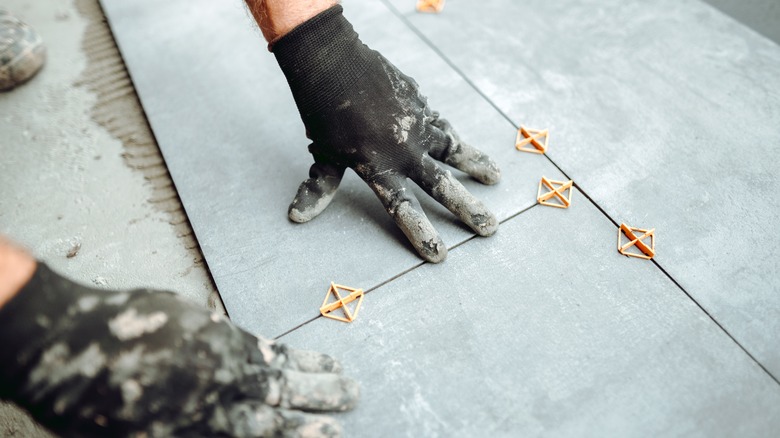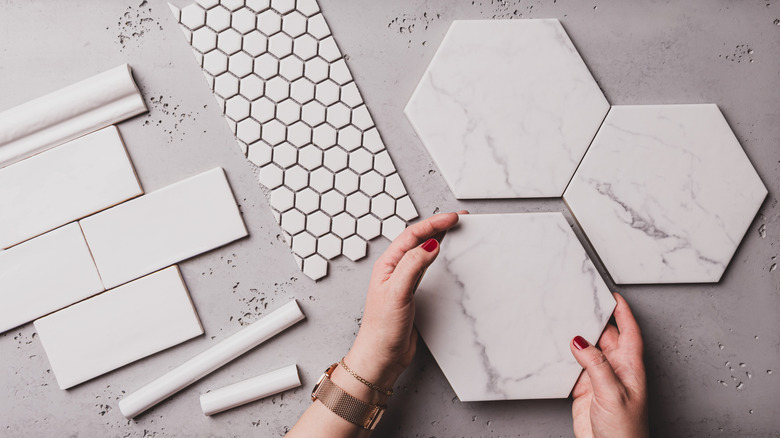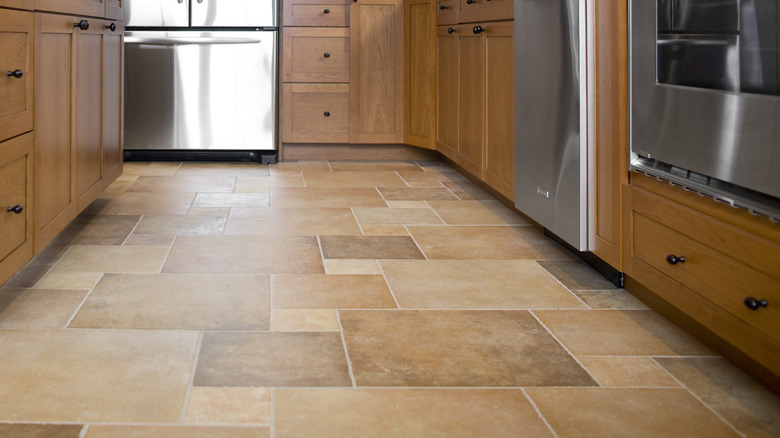Should You Soak Your Tiles In Water Before Laying Them?
Tiles are essential elements in contemporary architectural designs. Their smooth, stylish aesthetic combined with their practicality enhances the visual appeal and the usability of living spaces. They feature a hard, glossy surface that is resistant to scratches and makes clean-up of spills or dirt much more manageable. Additionally, tiles are water-resistant, maintaining cooler surface temperatures and acting as a barrier against dampness within a building.
However, the process of installing tiles involves careful planning and precision. One critical step is soaking the tiles before they're installed. This has sparked many discussions among construction experts due to the extra step it adds to the tile installation process.
Soaking tiles is crucial for a variety of reasons. Primarily, it prepares the tiles for bonding with the adhesive or mortar. Most tiles, mainly ceramic and porcelain types, have pores on their surfaces. If not properly prepared, these pores can absorb the water from the adhesive, disrupting the setting process and potentially leading to weaker bonds. This can then result in tile displacement or cracking over time. However, it's important to note that not all tile varieties may require soaking, and additional research may be needed to determine best practices for your tile type.
To soak or not to soak tiles
Several variables must be reviewed when determining whether or not tiles need to be soaked. The type of tile material is a key factor to consider. Stone-made tiles don't require pre-soaking, while red and white clay variants greatly benefit from pre-soaking for bond strength and surface adhesion.
Ceramic and porcelain tiles allow more leeway in preparation procedures. Misting with water or using a brush to moisten the under-layer may suffice rather than soaking. Although ceramic tiles can be installed without completely submerging the sub-layer, this option is not possible with porcelain tiles — they must be soaked.
Tile thickness also plays an essential part in deciding whether or not to soak tiles before installation, with tiles of less than 1 cm often not needing to be soaked but just washed instead. Thicker tiles must go through an initial soak followed by drying slightly to avoid slipperiness during assembly.
Tiles stored for an extended period may accumulate a dust layer over time and need cleaning either pre- or post-soaking. When it comes to granite tiles specifically, these should be dampened before dusting off using a sponge. With so many tile options, it's important to thoroughly research the appropriate tile type for each space — like your kitchen — to ensure you choose the material that meets your requirements.
How to soak tiles
Tiles can be soaked correctly with a few easy steps. Start by choosing an appropriately sized container to hold the tiles and water, with enough space for complete submersion of all the pieces. A bucket, basin, or tub is a good option.
Fill the container with clean water that is room temperature — water that is too warm or too cold may alter the tile material adversely. Once complete, gently lay the tiles inside to fully submerge them in water.
The soaking duration typically ranges between 20 and 30 minutes, and its purpose is to allow the tiles to absorb enough moisture for proper installation without drawing moisture directly from adhesive or mortar. When sufficiently soaked, no air bubbles will rise from their surfaces.
Once the tiles have soaked for their specified period, remove them from the water and allow them to drain on a flat surface before laying them back on your worksite. Avoid completely drying your tiles when installing. They should remain damp but not soaking wet when placed in their respective spaces.


